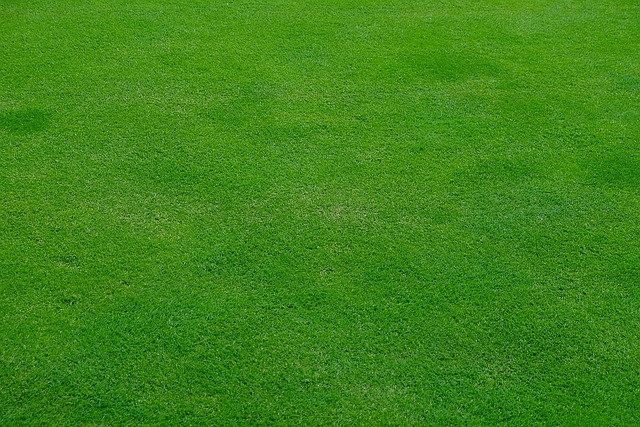Lawn care and landscaping are interconnected for creating stunning outdoor spaces. Regular maintenance like mowing and fertilizing ensures lawn health, while strategic planting and hardscaping transform it into an aesthetically pleasing oasis increasing property value. Effective lawn care involves eco-friendly practices, proper grass species selection based on local climate and soil conditions, and suitable irrigation to mitigate erosion, improve air quality, and provide habitats for wildlife.
Maintaining a lush, inviting garden is an art and a rewarding endeavor. This guide navigates the essentials of garden upkeep, focusing on lawn care and landscaping techniques for a vibrant outdoor space. From nurturing healthy grass roots to crafting visually stunning landscapes, discover practical tips for seasonal maintenance. Learn how to choose the perfect plants, manage water efficiently, and protect your garden through each changing season. Embrace these practices to transform your outdoor area into a thriving oasis.
- Lawn Care: Nurturing the Green Oasis
- – The importance of regular lawn maintenance
- – Choosing the right grass types for your climate
Lawn Care: Nurturing the Green Oasis

Lawn care is a vital aspect of garden maintenance, transforming your outdoor space into a lush green oasis that becomes the envy of the neighborhood. A well-maintained lawn is not just aesthetically pleasing but also contributes to the overall health and value of your property. It requires consistent nurturing, including regular mowing, watering, and fertilizing, tailored to the specific needs of your grass species.
Effective landscaping practices complement lawn care by enhancing the overall design and functionality of your garden. This involves strategic planting of flowers, shrubs, and trees that harmonize with your lawn, creating a balanced and inviting outdoor environment. Landscaping also includes hardscaping elements like patios, walkways, and retaining walls, which not only add structural interest but also define different zones within your garden, making it more usable and enjoyable.
– The importance of regular lawn maintenance

Regular lawn maintenance is a cornerstone of any successful garden beautification strategy. A well-maintained lawn not only enhances the overall aesthetics of your outdoor space but also contributes to its health and longevity. Lawns that are properly nurtured have deeper root systems, which enable them to access essential nutrients and water more efficiently, making them more resilient to drought and pests. Regular mowing, watering, and fertilizing ensure that your lawn remains lush green throughout the year.
Effective lawn care and landscaping practices go beyond aesthetics. They also play a vital role in preserving the environment. By promoting healthy grass growth, you help mitigate soil erosion, improve air quality through photosynthesis, and provide habitats for local wildlife. Moreover, incorporating eco-friendly landscaping techniques, such as using native plants and implementing water conservation methods, can significantly reduce your environmental footprint while maintaining a stunning outdoor oasis.
– Choosing the right grass types for your climate

When it comes to lawn care and landscaping, selecting the appropriate grass species is a fundamental step in achieving a lush, vibrant yard. Different grasses thrive in specific climatic conditions, so understanding your local climate is key to successful maintenance. For instance, cool-season grasses like Kentucky Bluegrass and Fescues are well-suited for temperate regions with mild summers and winters, providing an attractive green carpet throughout the year. In contrast, warm-season grasses such as Bermuda Grass or Zoysia are ideal for warmer climates, offering durability and a deep green color during the active growth seasons.
Consider your environment carefully; sunlight exposure, soil types, and moisture levels all play significant roles in grass selection. Sunlight is essential for photosynthesis, so choose varieties adapted to your yard’s sun exposure—some grasses prefer full sun, while others tolerate partial shade. Soil conditions also dictate the best grass type; some are more tolerant of acidic or alkaline soils, while others require well-drained earth. Proper irrigation practices will further ensure your lawn care and landscaping efforts pay off, as consistent moisture is critical for healthy grass growth, regardless of the chosen species.
In the realm of garden maintenance, understanding the fundamentals of lawn care and landscaping is a game-changer. Regular upkeep ensures your green space remains a vibrant oasis, while selecting the suitable grass types for your climate guarantees a lush, healthy result. By embracing these practices, you not only enhance the aesthetics of your outdoor sanctuary but also foster a thriving environment that delights both residents and visitors alike.
